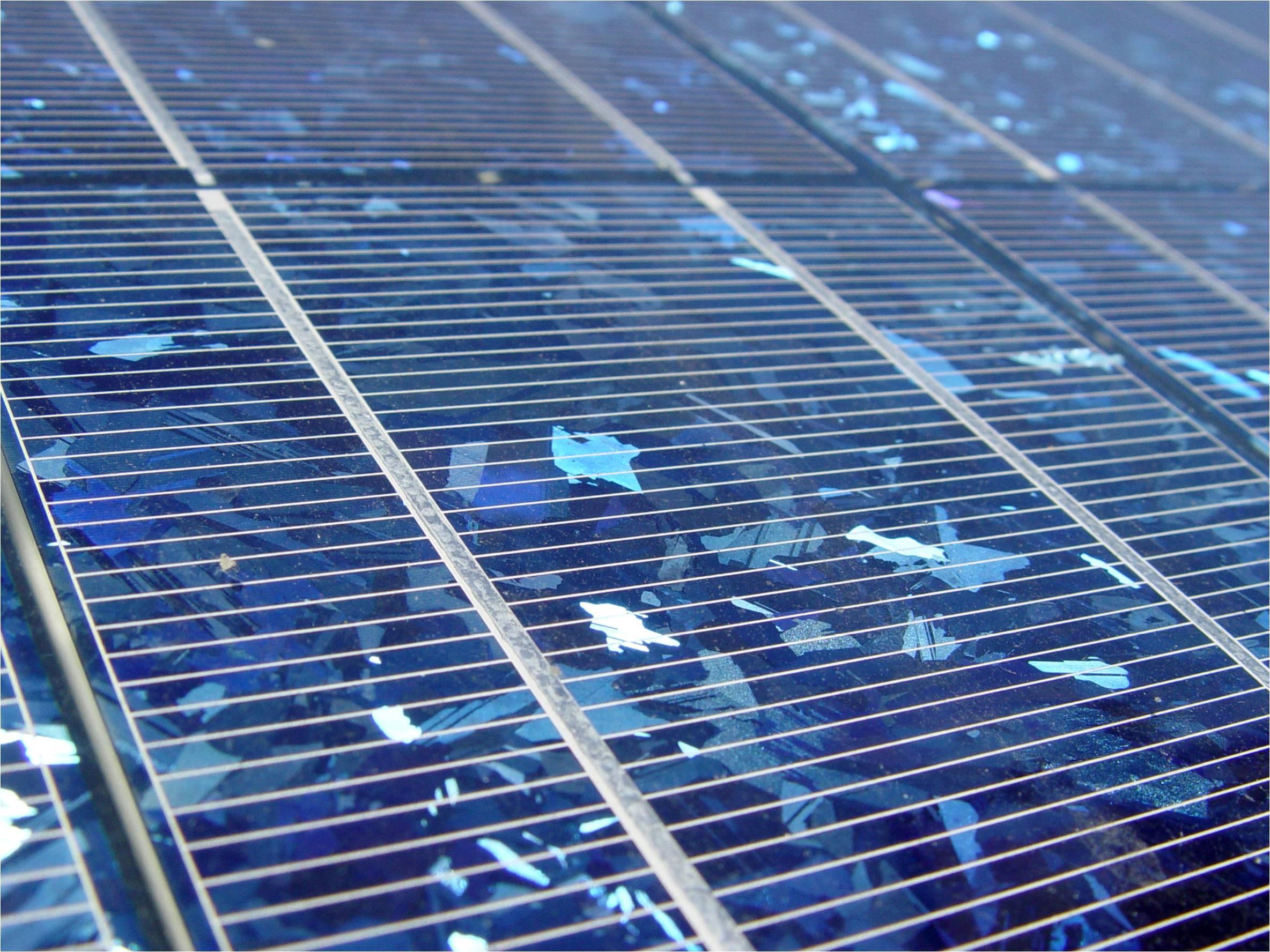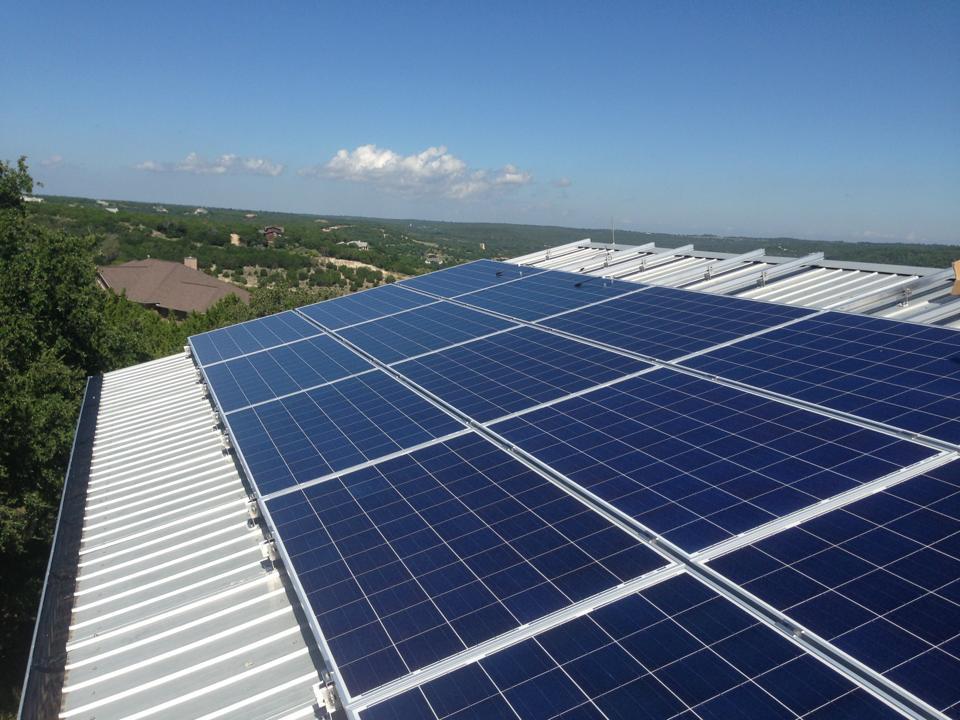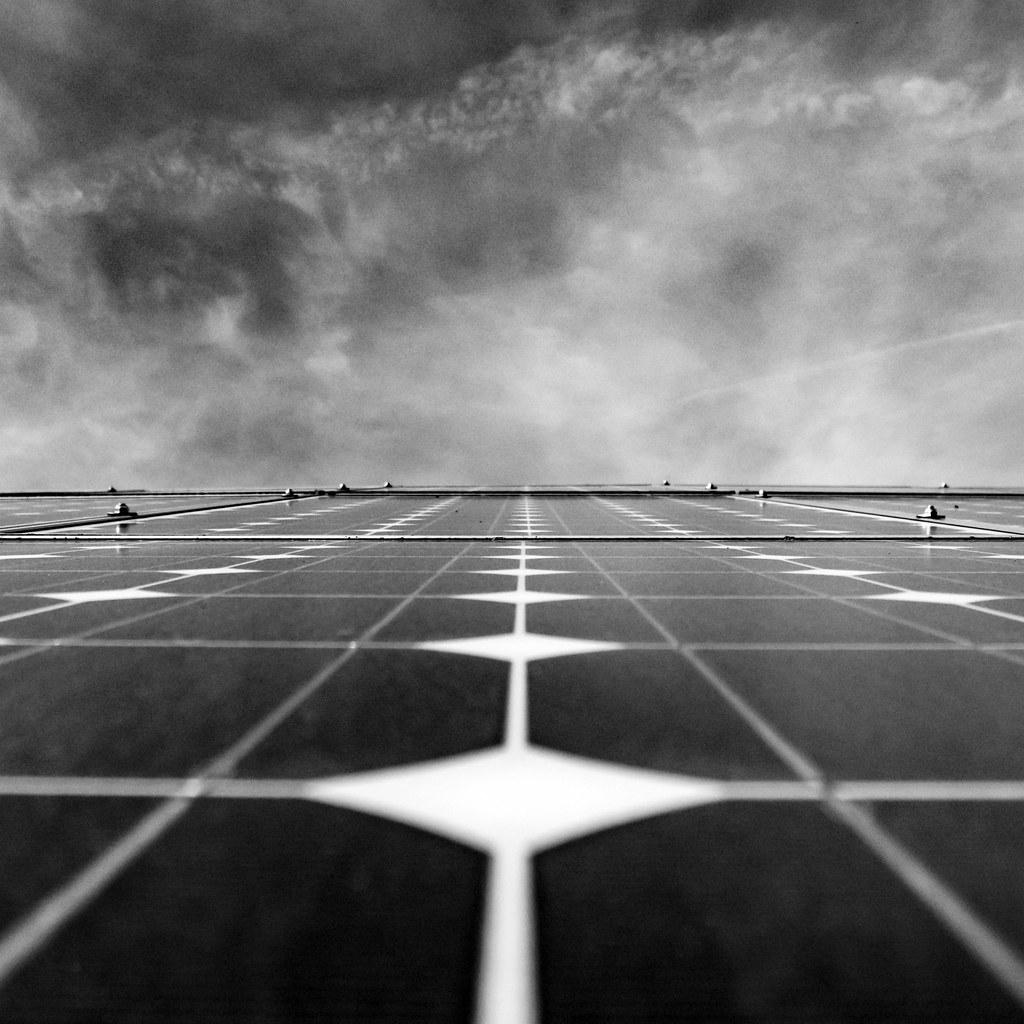As the sun rises each day, casting its golden rays across rooftops, more homeowners are harnessing this natural resource by installing solar panels. The promise of clean energy, reduced electricity bills, and a smaller carbon footprint has made solar panels an attractive option for many. However, beneath this allure lies a pressing question that sparks curiosity and concern: does installing solar panels create roof damage? This article delves into the potential risks and realities of solar panel installation, exploring whether the pursuit of sustainable energy comes at the expense of the very structure that shelters us. Join us as we unravel the complexities of this green technology and its impact on our homes.
Understanding the Impact of Solar Panel Installation on Roof Integrity
When contemplating the installation of solar panels, a common concern is their potential impact on the structural integrity of the roof. Proper installation is crucial to ensure that the panels do not cause damage. Professional installers typically assess the roof’s condition and make any necessary reinforcements. A well-executed installation should involve:
- Thorough Inspection: Evaluating the roof for any existing damage or weaknesses before installation.
- Use of Quality Mounting Systems: Employing reliable and durable mounting systems that distribute weight evenly.
- Waterproofing Measures: Implementing adequate sealing techniques to prevent water ingress.
With these precautions, solar panels can be integrated seamlessly without compromising the roof’s longevity. Homeowners should also consider periodic maintenance checks to ensure everything remains in optimal condition, thus preserving both energy efficiency and roof integrity.

Exploring Materials and Techniques for Minimizing Roof Damage
When considering the installation of solar panels, it’s crucial to understand the diverse array of materials and techniques available to minimize potential roof damage. The key lies in selecting the right combination of roofing materials and solar mounting systems that are designed to work harmoniously. Some popular materials include asphalt shingles, metal roofing, and tile roofs, each offering unique benefits in terms of durability and weather resistance.
- Asphalt Shingles: These are a common choice for their cost-effectiveness and ease of installation. With the right flashing and mounting techniques, they can provide a solid foundation for solar arrays.
- Metal Roofing: Known for its longevity, metal roofing can be an excellent partner for solar panels, especially when using rail-less mounting systems that minimize penetration and preserve the roof’s integrity.
- Tile Roofs: While more fragile, with specialized mounting systems, they can effectively support solar installations without compromising the roof’s structure.
Advanced techniques such as ballasted mounting systems and non-penetrating mounts are becoming increasingly popular, especially for flat roofs. These methods reduce the need for drilling, thereby minimizing the risk of leaks and structural damage. Additionally, regular maintenance and inspections can help ensure that both the roof and solar panels remain in optimal condition, safeguarding your investment for years to come.

Key Considerations for a Safe and Efficient Solar Panel Setup
When considering the installation of solar panels, it is crucial to ensure both safety and efficiency to prevent potential roof damage. Choosing the right installer is paramount; a certified professional with experience in solar installations can make a significant difference. They should be knowledgeable about the various roof types and understand how to install panels without compromising the roof’s integrity. Additionally, it’s wise to opt for high-quality mounting systems that are specifically designed to distribute weight evenly and withstand environmental stressors.
Here are some essential steps to follow:
- Conduct a thorough roof inspection before installation to identify and repair any pre-existing damage.
- Use flashing to prevent water penetration around the mounts.
- Ensure that the roof can handle the added weight of the solar panels without compromising its structure.
- Regular maintenance checks to ensure that both the panels and roof remain in optimal condition.
Effective planning and installation can ensure that your solar setup not only enhances energy efficiency but also maintains the health and longevity of your roof.

Expert Recommendations for Protecting Your Roof During Solar Installation
Ensuring your roof remains intact and functional during solar panel installation involves a few strategic measures. First, it’s crucial to conduct a thorough roof inspection before the installation process begins. This helps identify any existing vulnerabilities, such as weak spots or damaged shingles, that need to be addressed. Hiring a professional roofing contractor to perform this inspection can provide peace of mind and ensure that your roof is in optimal condition.
- Select experienced installers: Choose a solar installation company with a proven track record and expertise in working with various roofing materials.
- Use high-quality mounting systems: Opt for mounts that are specifically designed to distribute weight evenly and minimize penetration into the roof structure.
- Schedule regular maintenance: After installation, plan for periodic roof inspections to catch and address any issues early on.
By following these expert tips, homeowners can enjoy the benefits of solar energy without compromising the integrity of their roofs.
Closing Remarks
In the ever-evolving landscape of sustainable energy, the question of whether installing solar panels might inadvertently harm your roof is both pertinent and pressing. As we’ve explored, the potential for roof damage hinges on a variety of factors, from the quality of installation to the type of roofing material. By engaging with certified professionals, conducting thorough assessments, and maintaining regular inspections, homeowners can harness the sun’s power without compromising the integrity of their roofs.
As the sun sets on our exploration of this topic, one thing remains clear: solar panels offer a promising path toward energy independence and environmental stewardship. Yet, like all great ventures, they require careful consideration and informed decision-making. As you contemplate the transition to solar energy, let this knowledge illuminate your path, ensuring that your journey is both sustainable and secure.

































